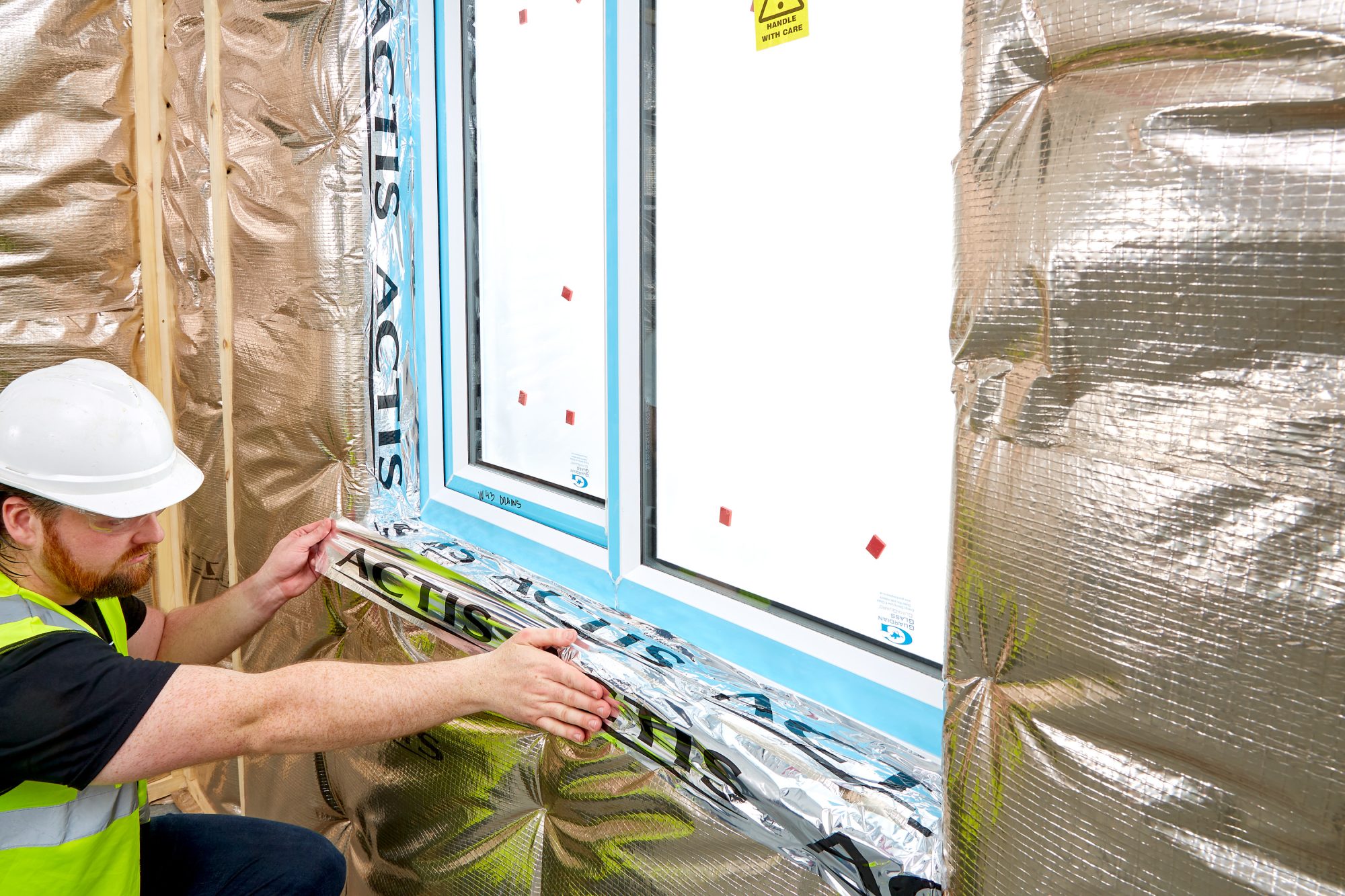With a heatwave expected in many parts of England, insulation specialist Actis is drawing attention to the, perhaps counter-intuitive, role insulation has to play in helping mitigate the impact of extreme temperatures
The NHS warns that high heat can lead to more hospital admissions and with vulnerable people and those with heart problems particularly at risk, staying cool is not just a case of comfort, but avoiding severe health problems and even death.
For many people, houses can be insufferably hot in the summer if they are insulated with products designed purely to protect the occupants from winter cold.
But a fact perhaps not so well-known, says Actis, is that some insulation products can actually keep homes cool during the summer as well as warm in winter – a potential life-saver during heatwaves.
And with Part O of the building regulations obliging architects to limit unwanted solar gains and provide a way to remove heat from residential dwellings, alternative, reflective, insulation also acts as a coolant – helping protect the health and comfort of the occupants.
The right insulation can help keep houses temperate in all kinds of weather
Actis two-in-one Eolis HC, along with its well-established Hybrid range, have been specifically designed to help buildings stay cool, as well as warm.
The technical experts behind the creation of the new product, a reflective insulation with an integrated vapour barrier created from Actis’ revolutionary Triplex technology, explain that the reflective films from which it is created reflect 95% of infrared radiation.
Eolis HC uses reflective technology to reduce excess heat absorption
Mark Cooper, UK and Ireland sales manager at Actis, said: “Using reflective insulation will mitigate some of the effects of extreme heat by enabling houses to remain at a pleasant temperature.
“No form of insulation can address the significant effects of solar gain through windows though. That needs to be addressed by judicious use of curtains or siting the windows in strategic positions – a job for the architect.”
The Triplex technology on which Eolis HC is based is created from a number of layers of reflective films, each separated by a thin layer of fibre, trapping air between each section, boosting thermal performance.



![[VIDEO] Making DorTrak reports easy to read with Fireco Inspecting fire doors at Fireco, firedoor technology, 2023](https://www.pbctoday.co.uk/news/wp-content/uploads/2024/04/JPZ_2364-web-218x150.jpg)
![[VIDEO] Re-flow Field Management review by Traffic Management Installations When TMI began subcontracting for councils and government bodies, they wanted to present their site reporting in a more professional manner](https://www.pbctoday.co.uk/news/wp-content/uploads/2025/03/TMI-Media-1-218x150.png)









